ASTM A335 P91
ASTM A335 P91 alloy pipe, known for its high creep strength and resistance to high-temperature exposure.
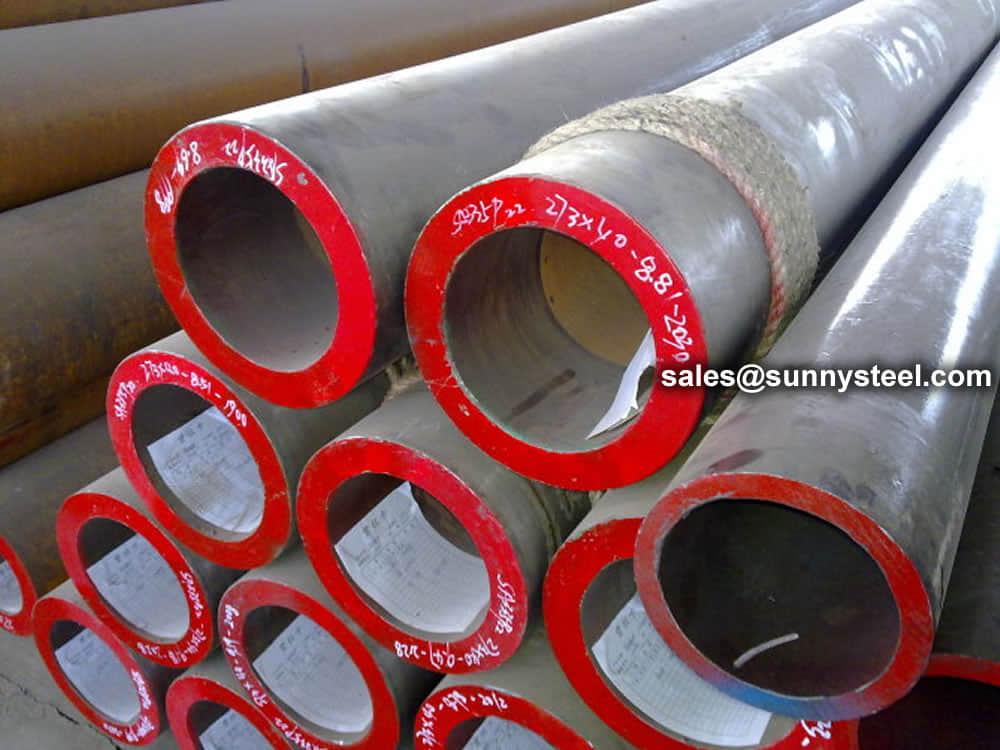
ASTM A335 P22 Seamless Pipe is high-quality alloy-steel pipe designed to withstand high-temperature and high-pressure environments.
Download PDFASTM A335 P22 is a seamless ferritic alloy-steel pipe designed for high-temperature and high-pressure applications, particularly in the power generation, petrochemical, and refinery sectors.
ASTM A335 P22 Seamless Alloy Steel Pipe offers excellent mechanical strength, corrosion resistance, and durability, making it the ideal solution for high-pressure and high-temperature service applications.
| Element | Composition (%) |
|---|---|
| Carbon (C) | 0.05 - 0.15 |
| Chromium (Cr) | 1.90 - 2.50 |
| Manganese (Mn) | 0.30 - 0.60 |
| Phosphorus (P) | 0.025 max |
| Sulfur (S) | 0.025 max |
| Silicon (Si) | 0.50 - 1.00 |
| Molybdenum (Mo) | 0.87 - 1.13 |
| Property | Value |
|---|---|
| Tensile Strength (MPa) | 415 min |
| Yield Strength (MPa) | 205 min |
| Elongation (%) | 30 min |
The ASTM A335 P22 pipe is commonly used in high-temperature environments where strength, durability, and corrosion resistance are critical. Typical applications include:
ASTM A335 P22 seamless pipe is a type of seamless ferritic alloy steel pipe designed for high-temperature service. The material is made from low-alloy steel containing chromium and molybdenum, which offer excellent high-temperature strength, corrosion resistance, and toughness. The seamless nature of the pipe ensures a smooth flow of fluid and eliminates the risk of leaks.
Some features of ASTM A335 P22 seamless pipe include:
The applications of ASTM A335 P22 seamless pipe include:
In conclusion, ASTM A335 P22 seamless pipe is a high-strength, durable, and corrosion-resistant pipe that is designed for use in high-temperature and high-pressure applications. It is widely used in power generation, chemical processing, and oil and gas industries due to its excellent performance properties.
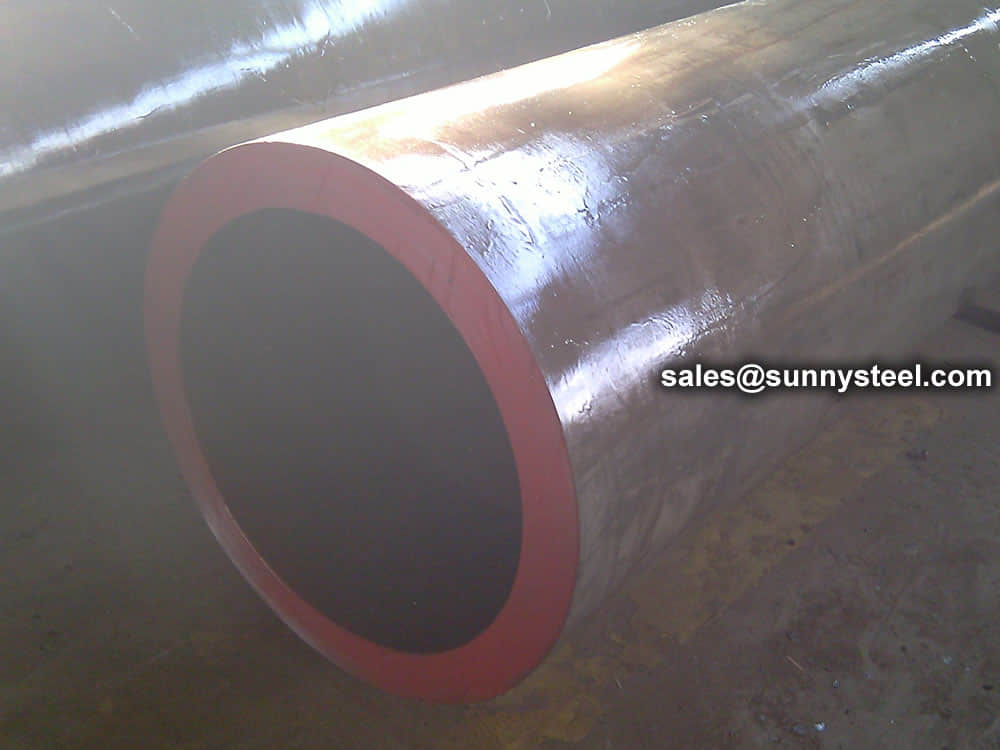
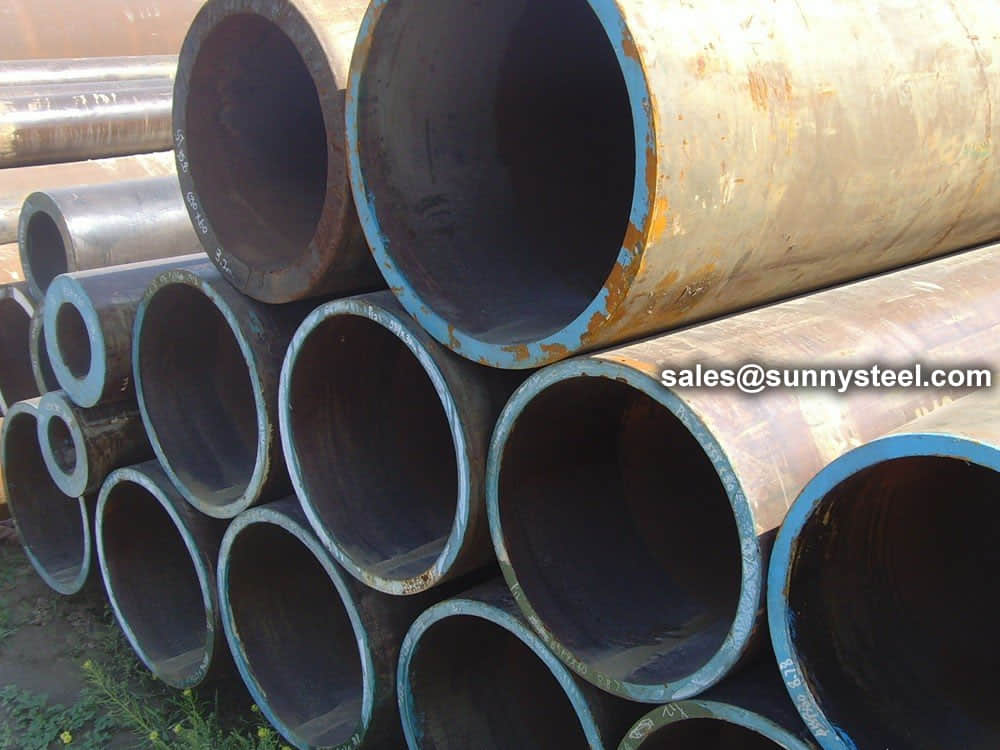
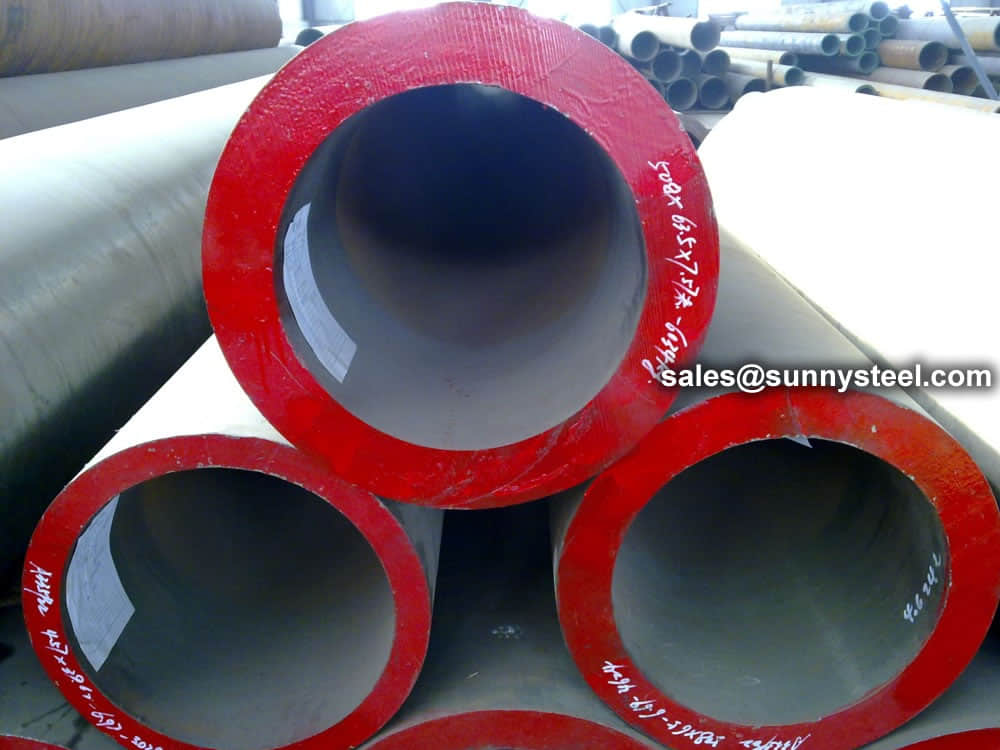

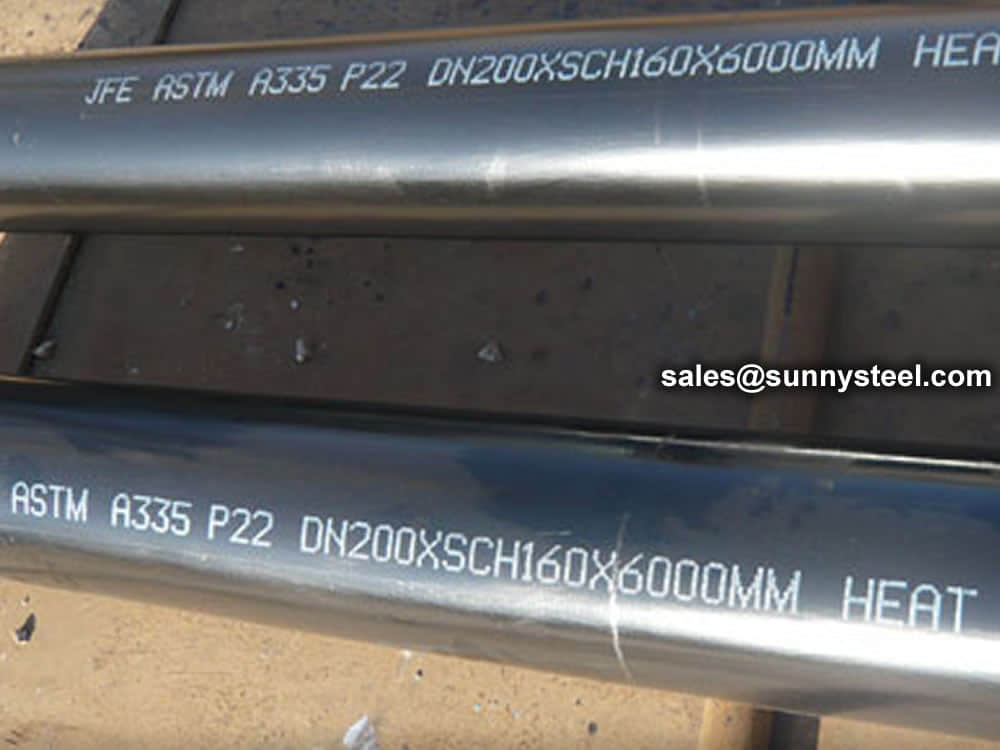
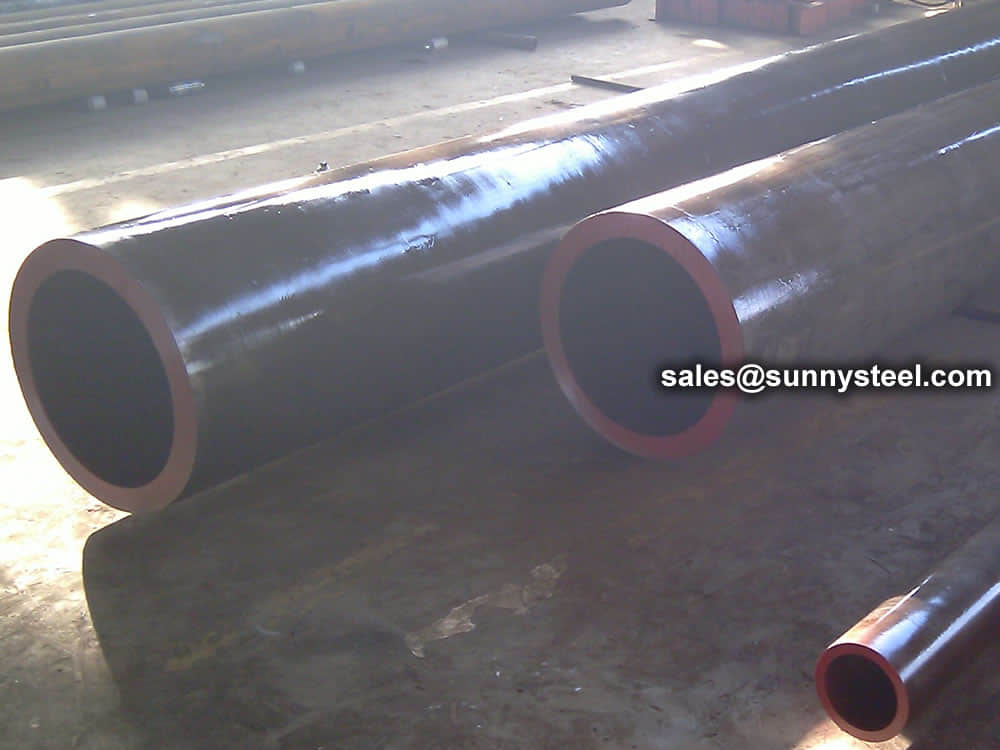
A335/SA335 Grade P22 Alloy Steel Seamless Pipes are Carbon steel pipes with addition of chromium, molybdenum, and sometimes vanadium. Chromium, or chrome, improves high-temperature strength, increases oxidation resistance and raises the tensile, yield and hardness at room temperatures.
ASTM A335 P22 is a grade of seamless ferritic alloy steel pipe for high-temperature service. It is commonly used in power generation and petrochemical industries where high temperature and pressure resistance is required. The alloy composition of ASTM A335 P22 includes chromium (2.25-2.75%), molybdenum (0.87-1.13%), and traces of other elements such as carbon, manganese, silicon, and phosphorus. The pipe is typically supplied in a normalized and tempered condition and can be heat treated for increased toughness and strength. It is available in various sizes and thicknesses and can be customized to suit specific requirements.
The steel material shall conform to chemical composition, tensile property, and hardness requirements. Each length of pipe shall be subjected to the hydrostatic test. Also, each pipe shall be examined by a non-destructive examination method in accordance to the required practices.
The different mechanical test requirements for pipes, namely, transverse or longitudinal tension test, flattening test, and hardness or bend test are presented.
Both ends of each crate will indicate the order no., heat no., dimensions, weight and bundles or as requested.
The chemical composition in P22 seamless pipes are carbon 0.05-0.15%, manganese from 0.30-0.60%, silicon up to 1%, chromium up to 2.6%, and molybdenum and silicon like other small elements for the chemical balance.
| Compositions | Data |
|---|---|
| UNS Designa-tion | K11597 |
| Carbon | 0.05-0.60 |
| Manganese | 0.30-0.60 |
| Phosphorus(max.) | 0.025 |
| Sulfur(max.) | 0.025 |
| Silicon | 0.50-1.00 |
| Nickel | … |
| Chromium | 1.00-1.50 |
| Molybdenum | 0.44-0.65 |
| Other Elements | … |
| Properties | Data |
|---|---|
| Tensile strength, min, (MPa) | 415 Mpa |
| Yield strength, min, (MPa) | 205 Mpa |
| Elongation, min, (%), L/T | 30/20 |
ASTM A335 P22 pipes have high weldability and ductility making it ideal for operations that consist if bending, flanging or vastoning. These pipes have a minimum tensile strength of 415 MPA and minimum yield strength of 205 MPA.
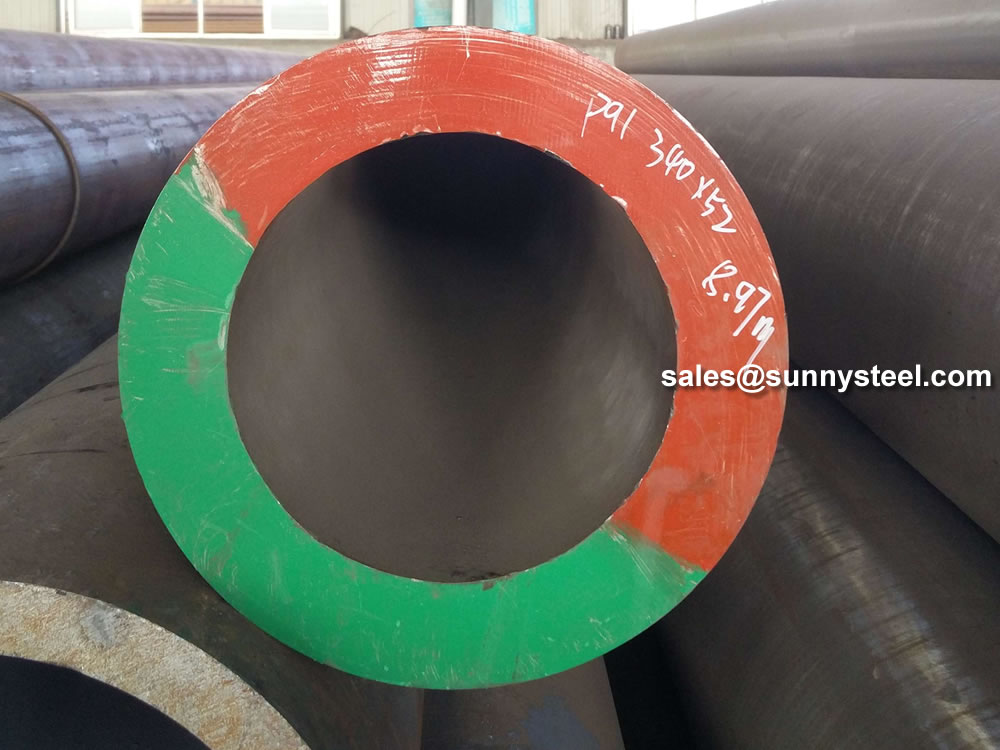
ASTM A335 is a standard specification for seamless ferritic alloy-steel pipe intended for high-temperature service. This material is commonly used in power plants, refineries, and other industrial settings where high-temperature and high-pressure conditions are encountered. The "A" in ASTM A335 stands for "alloy," indicating that the pipe is made from alloy steel, which typically includes elements such as chromium, molybdenum, and sometimes vanadium to enhance its high-temperature properties.
1 This specification covers nominal wall and minimum wall seamless ferritic alloy-steel pipe intended for high-temperature service. Pipe ordered to this specification shall be suitable for bending, flanging (vanstoning), and similar forming operations, and for fusion welding. Selection will depend upon design, service conditions, mechanical properties, and high-temperature characteristics.
2 Several grades of ferritic steels (see Note 1) are covered. Their compositions are given in Table 1.
Note 1.. Ferritic steels in this specification are defined as low- and intermediate-alloy steels containing up to and including 10% chromium.
3 Supplementary requirements (S1 to S7) of an optional nature are provided. These supplementary requirements call for additional tests to be made, and when desired, shall be so stated in the order together with the number of such tests required.
4 The values stated in either inch-pound units or SI units are to be regarded separately as standard. Within the text, the SI units are shown in brackets. The values stated in each system are not exact equivalents; therefore, each system must be used independently of the other. Combining values from the two systems may result in nonconformance with the specification. The inch-pound units shall apply unless the "M" designation of this specification is specified in the order.
Note The dimensionless designator NPS (nominal pipe size) has been substituted in this standard for such traditional terms as "nominal diameter", "size", and "nominal size".
ASTM A335 Seamless Steel Pipe is generally named chrome moly pipe for the chemical elements- Molybdenum and Chromium. Molybdenum improves steel performances as steel strength, elastic limit, wear resistance, impact and hardenability.
ASTM A335 seamless steel pipe is a popular choice for high-temperature applications due to several key reasons:
In summary, ASTM A335 seamless steel pipe is popular in high-temperature applications due to its high-temperature resistance, corrosion resistance, high strength, good weldability, uniform properties, and cost-effectiveness. Its combination of properties makes it an ideal choice for use in various high-temperature and high-pressure applications, especially in the power generation, chemical processing, and oil and gas industries.
With years of expertise, we provide a diverse array of steel tube processing options. From sawing and machining tube blanks to intricate bending and upsetting operations, we actively assist you throughout your projects.
Our capabilities extend to eccentricity reduction and concentricity enhancement through turning and grinding. We excel in creating complex geometries using processes like rotary swaging and axial forming. Additionally, we offer property modifications via partial heat treatment, ensuring tailored solutions for your specific needs.
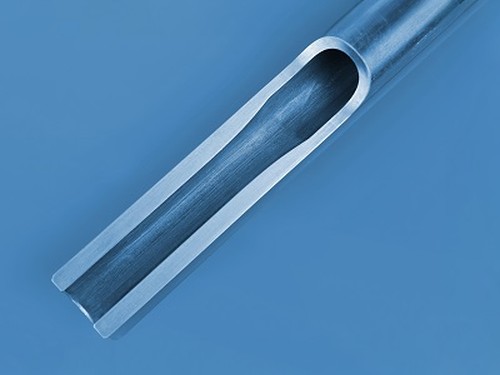
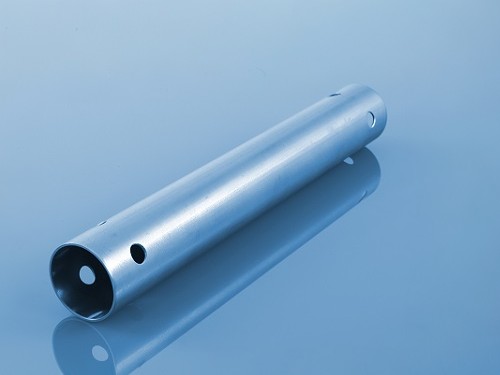
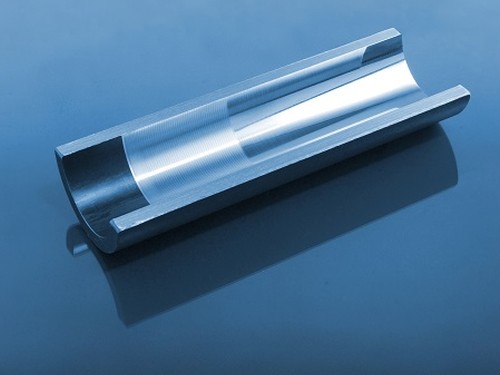
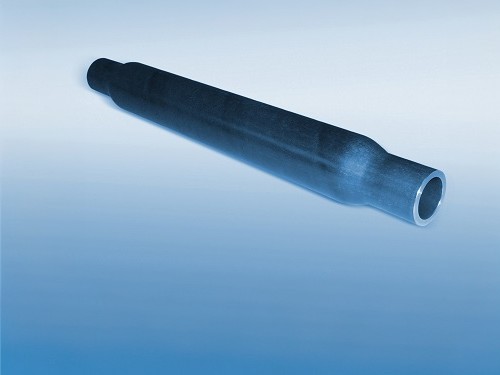
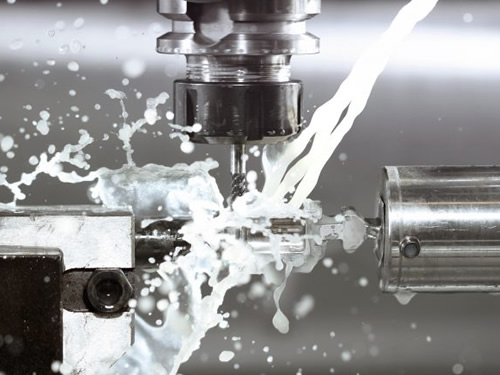
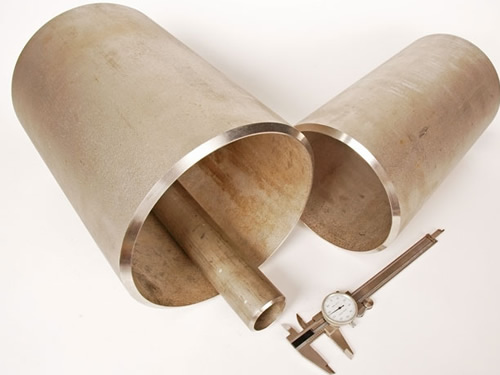
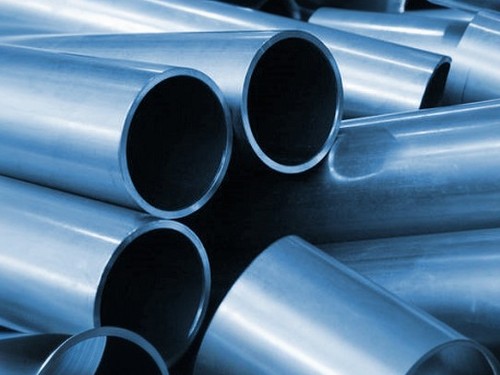
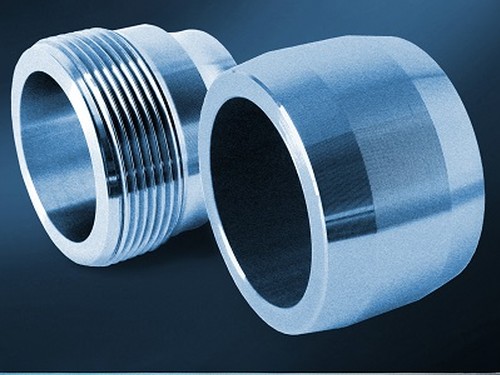
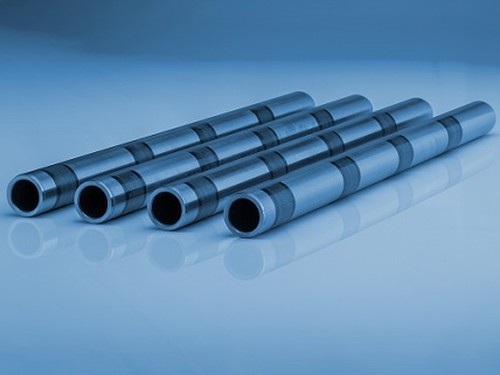
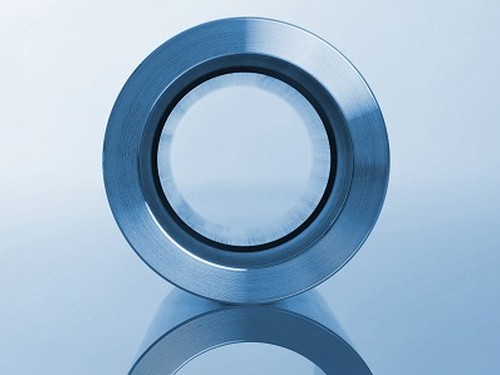
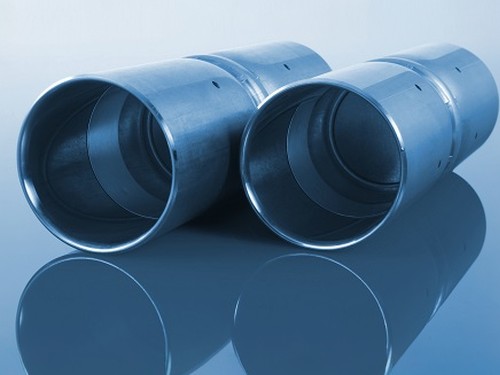

Alloy steel pipes are ideally suitable for chemical, petrochemicals, and other energy-related applications.
The alloy steel pipe adopts high quality carbon steel, alloy structural steel and stainless & heat resisting steel as raw material through hot rolling or cold drawn to be made.
Alloy steel can be used in process area where carbon steel has limitation such as
As an important element of steel products, alloy steel pipe can be divided into seamless steel pipe and welded steel pipe according to the manufacturing technique and tube billet shape.
Here you can see the common alloy steel grade that you will come across.
Why the application of alloy steel pipe is wider than others
There are many kinds of materials used for transport in industrial production. Specifically we will have more choices and it is not limited to the use of alloy steel pipe. But even in the face of more choices, many people tend to choose alloy steel pipe. People make their own choices will have their own reasons. This means the alloy steel pipe application has its own advantages. Compared with transmission lines made of other materials, after it meets the basic application requirements, its quantity is lighter. Then in the practical application of alloy steel pipe, it will have more advantages because of this. Besides its physical characteristic advantage, it also has economic advantages. The wide application of alloy steel pipe is with kinds of reasons. So in practical usage, we can exploit the advantages to the full, in this way can we get more profits in these applications of alloy steel pipe.
The transportation of kinds of gases or liquids in production needs to rely on alloy steel pipe. This shows that the actual role of alloy steel pipe application is important. High temperature resistant and low temperature resistant is the tolerance of temperature. In the practical application of alloy steel pipe, there will be many materials need to be transported. However their temperatures are not the same. So this can be the basic requirement to alloy steel pipe. It needs more corrosion resistance. Corrosion resistant material is the best material during transporting, because it is corrosion resistant. So it can be used in more occasions. And it is definitely very convenient for users.
Can be 100% recycled, environmentally friendly, energy-saving, resource conservation, national strategy, national policy to encourage the expansion of the field of application of high-pressure alloy pipe. Of alloy steel pipe total consumption accounted steel in the proportion is only half of the developed countries, to expand the field of use of the alloy steel pipe to provide a wider space for the development of the industry. The future needs of the average annual growth of China’s high-pressure alloy steel pipe long products up to 10-12%.
Alloy Steel pipe contains substantial quantities of elements other than carbon such as nickel, chromium, silicon, manganese, tungsten, molybdenum, vanadium and limited amounts of other commonly accepted elements such as manganese, sulfur, silicon, and phosphorous.
Our team of experienced sales specialists proudly partners with gas and chemical processors, power generation plants, oil refineries, and related industries to offer piping components and value-added services.
The biggest advantages of alloy steel pipe can be 100% recycled, environmentally friendly, energy-saving, resource conservation, national strategy, national policy to encourage the expansion of the field of application of high-pressure alloy pipe. Of alloy tube total consumption accounted steel in the proportion is only half of the developed countries, to expand the field of use of the alloy tube to provide a wider space for the development of the industry. According to the Chinese Special Steel Association alloy pipe Branch Expert Group, the future needs of the average annual growth of China’s high-pressure alloy pipe long products up to 10-12%.
Chemical composition inspection, mechanical properties test(tensile strength,yield strength, elongation, flaring, flattening, bending, hardness, impact test), surface and dimension test,no-destructive test, hydrostatic test.
identification of the chemical composition of the metal used to manufacture the fitting. Uses PMI sensors, including X-ray fluorescence or optical emission spectrometry.
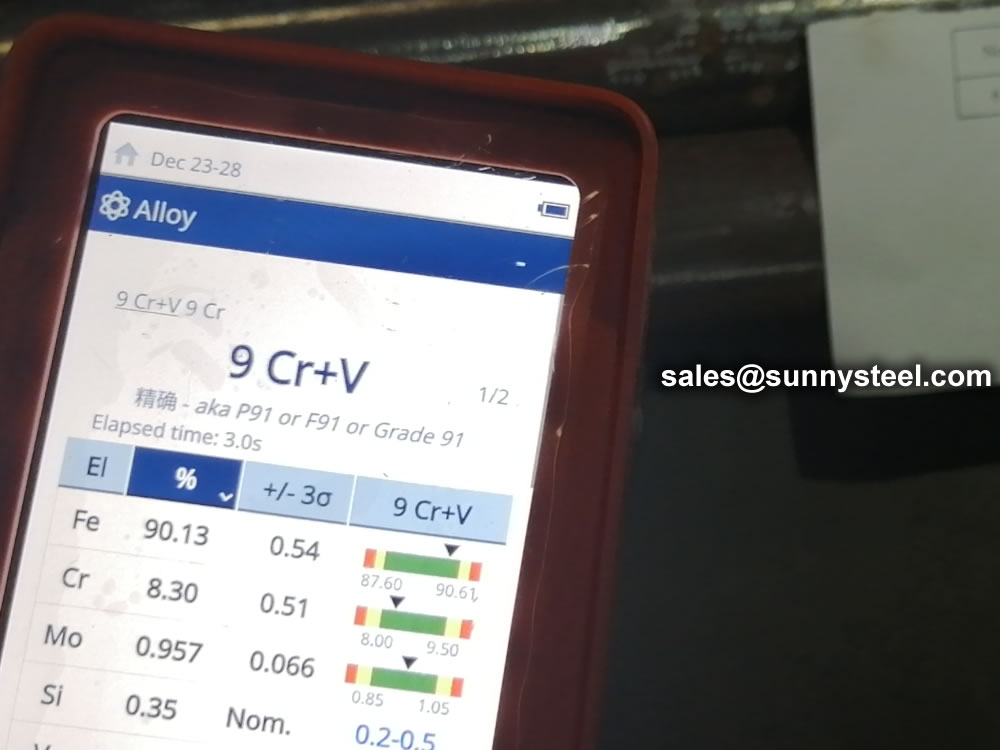
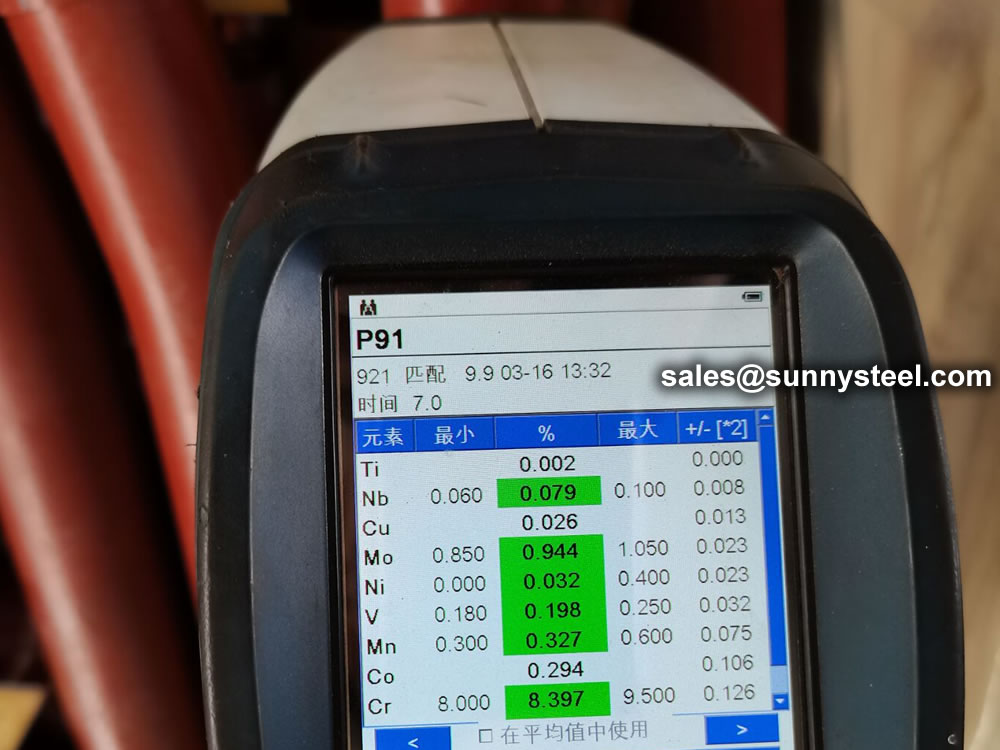
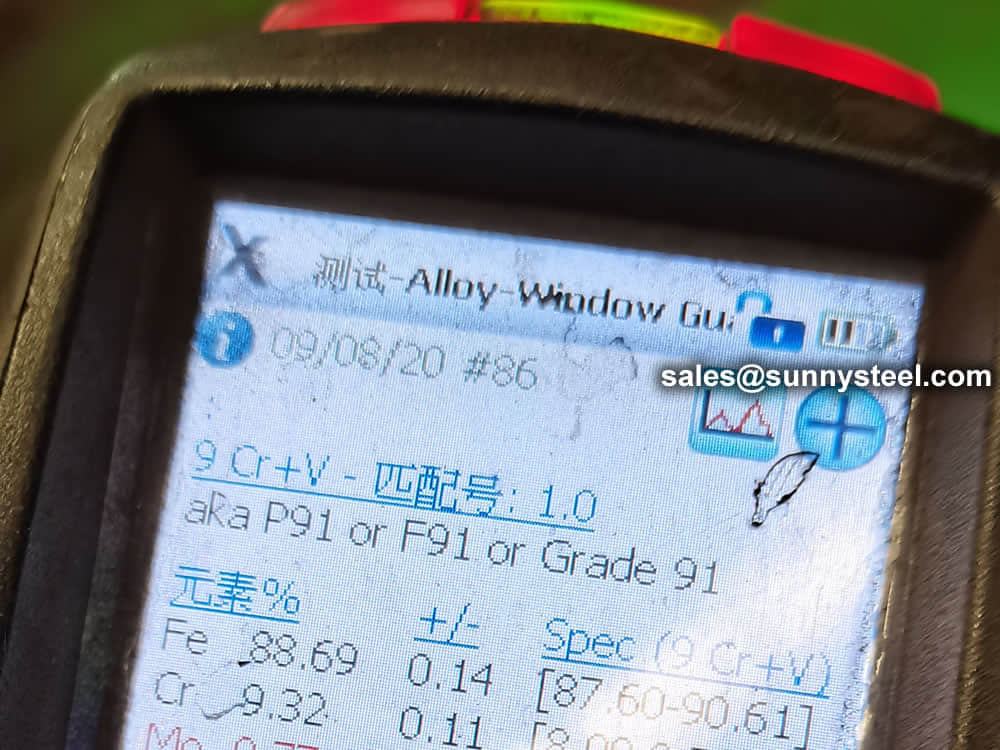
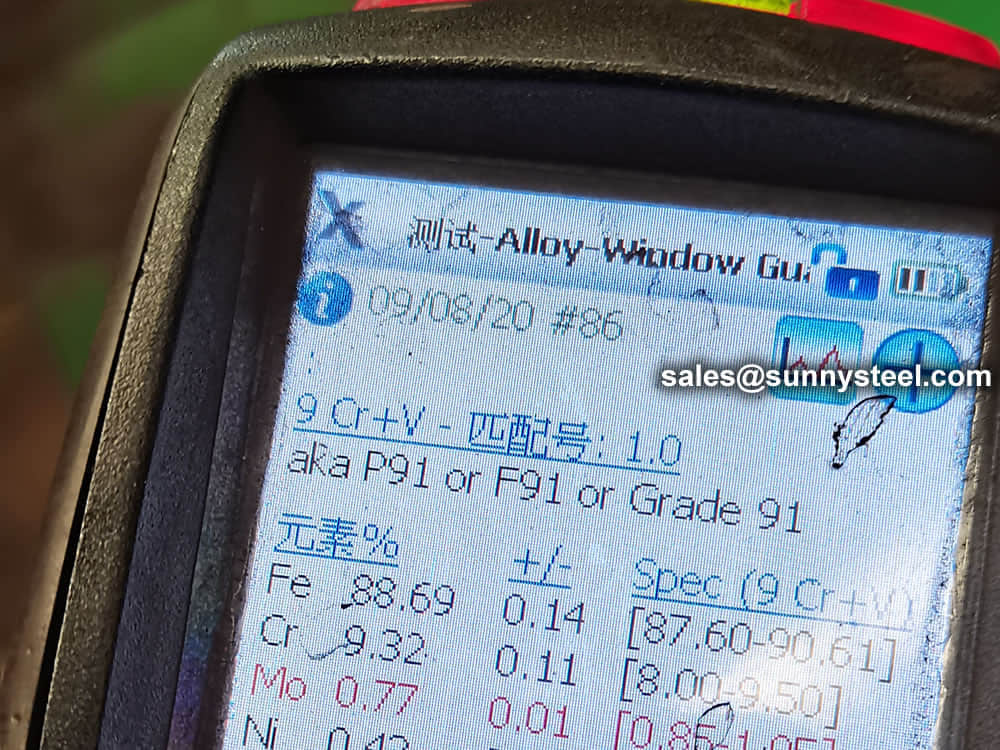
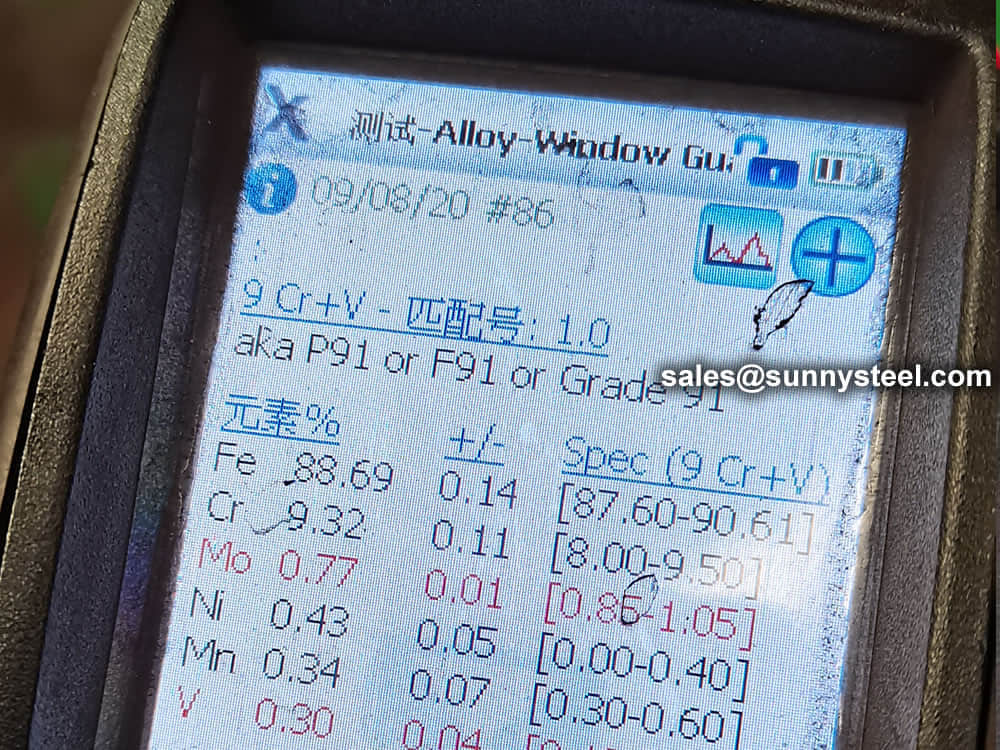

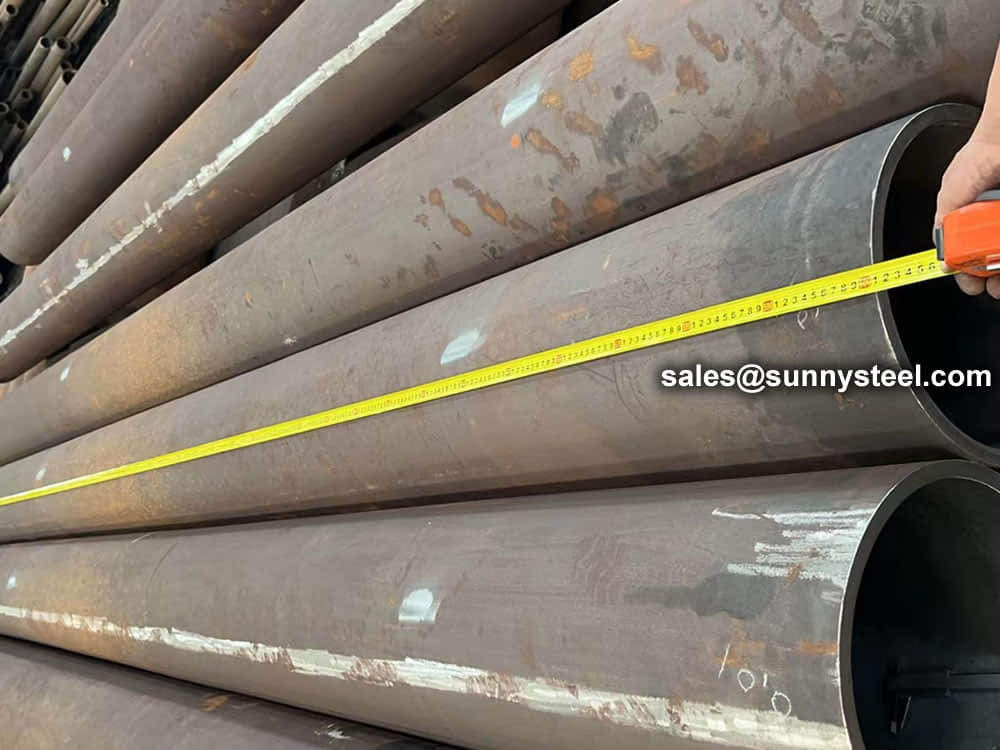
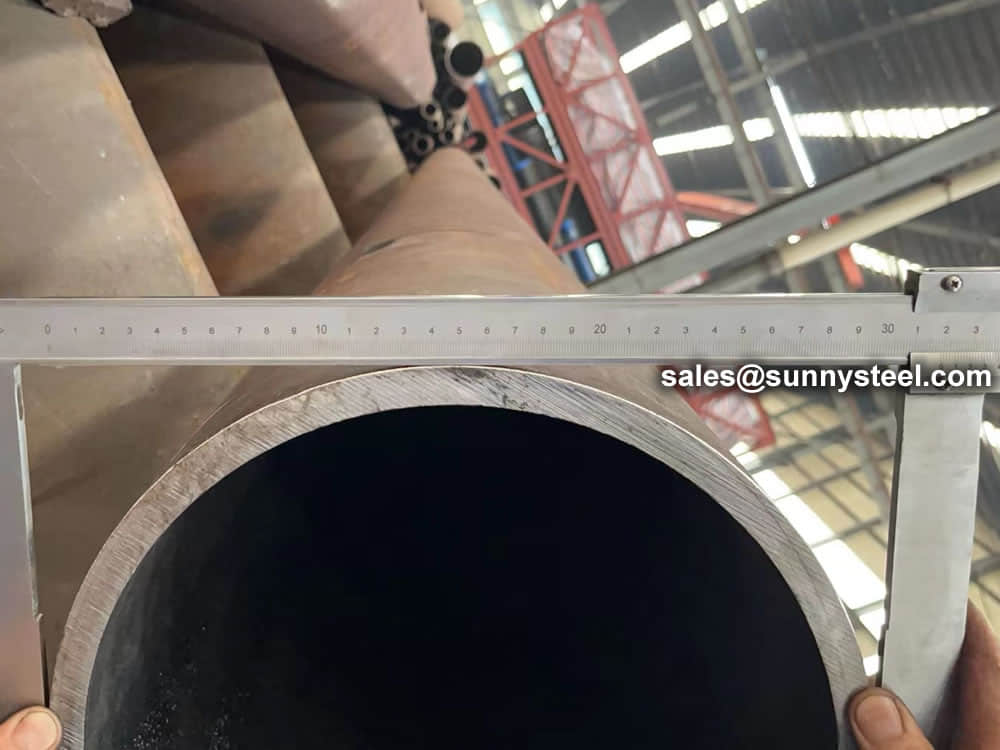
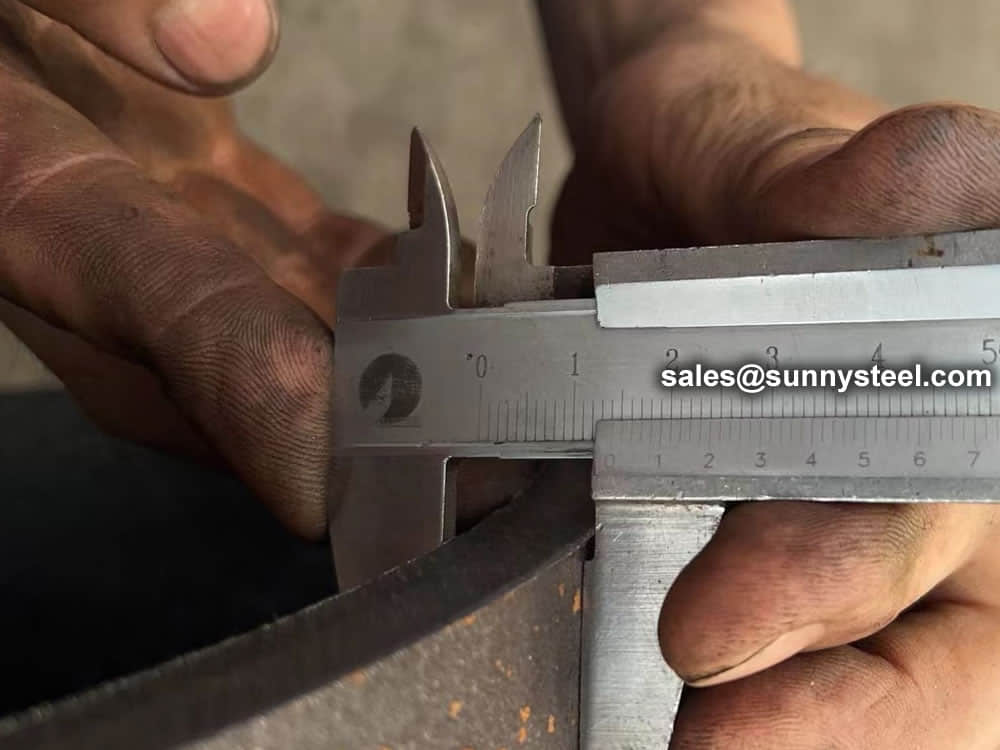
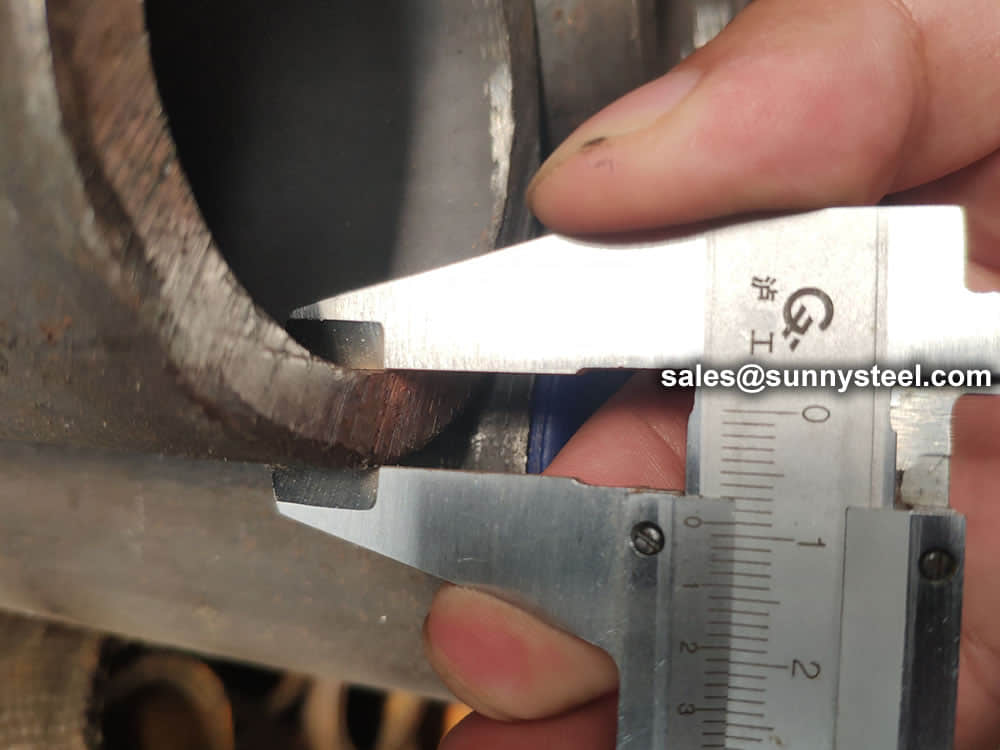
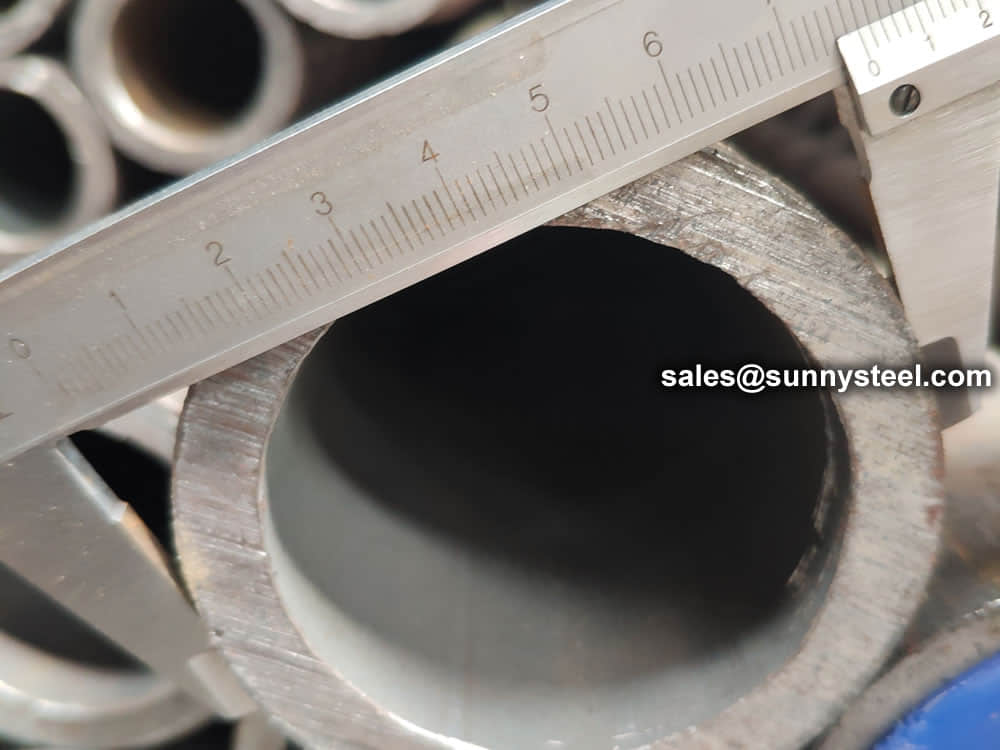
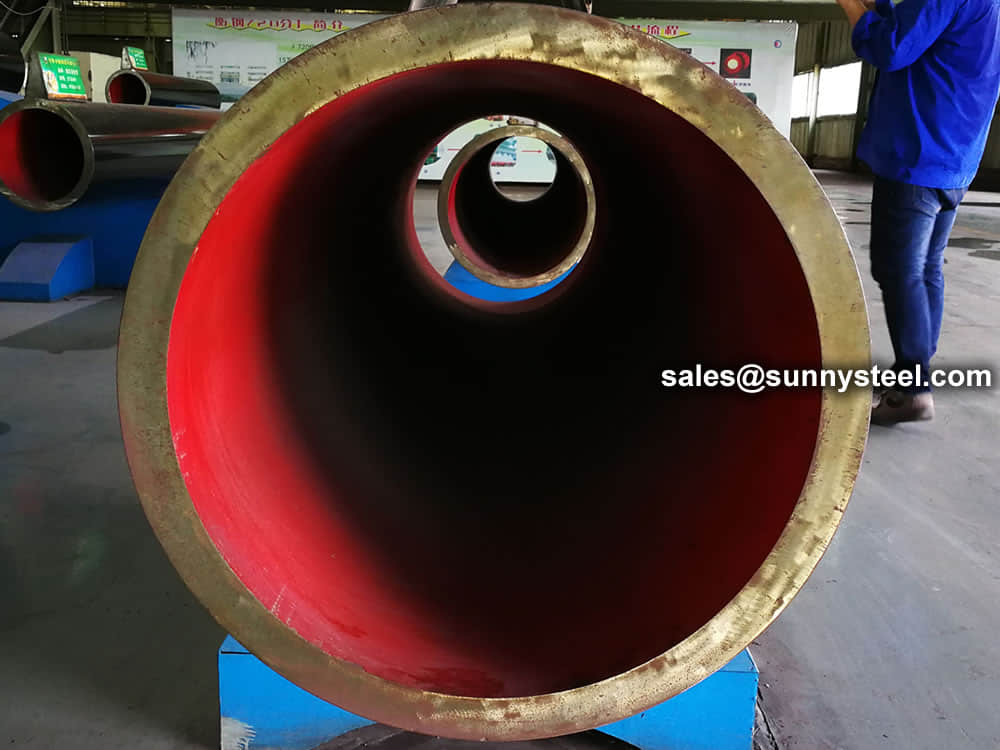

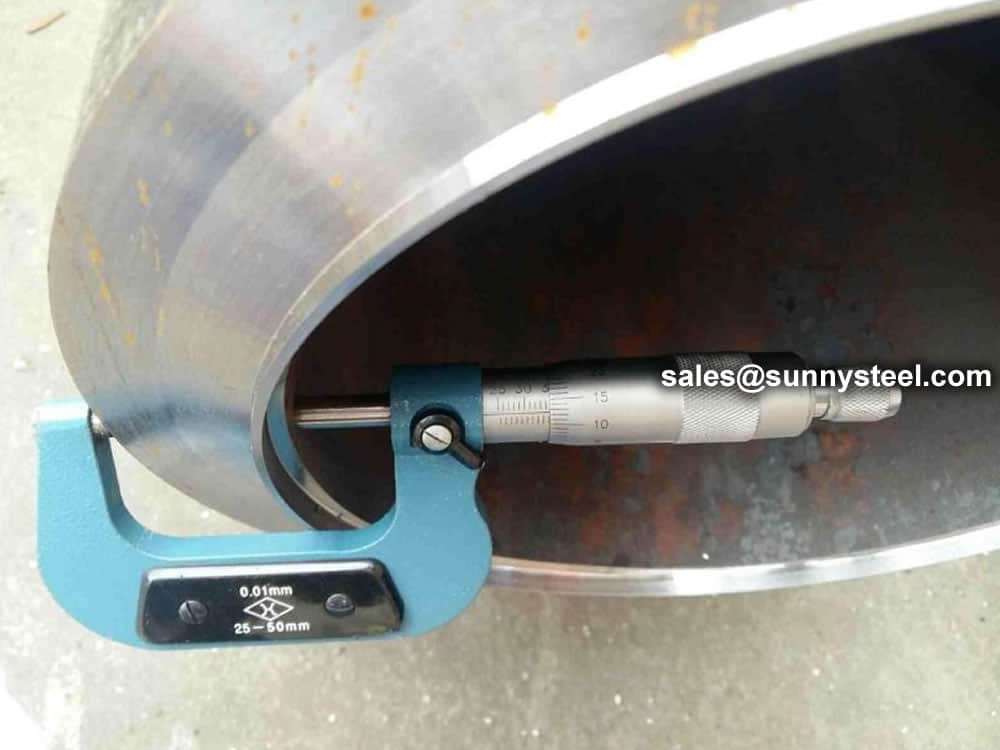


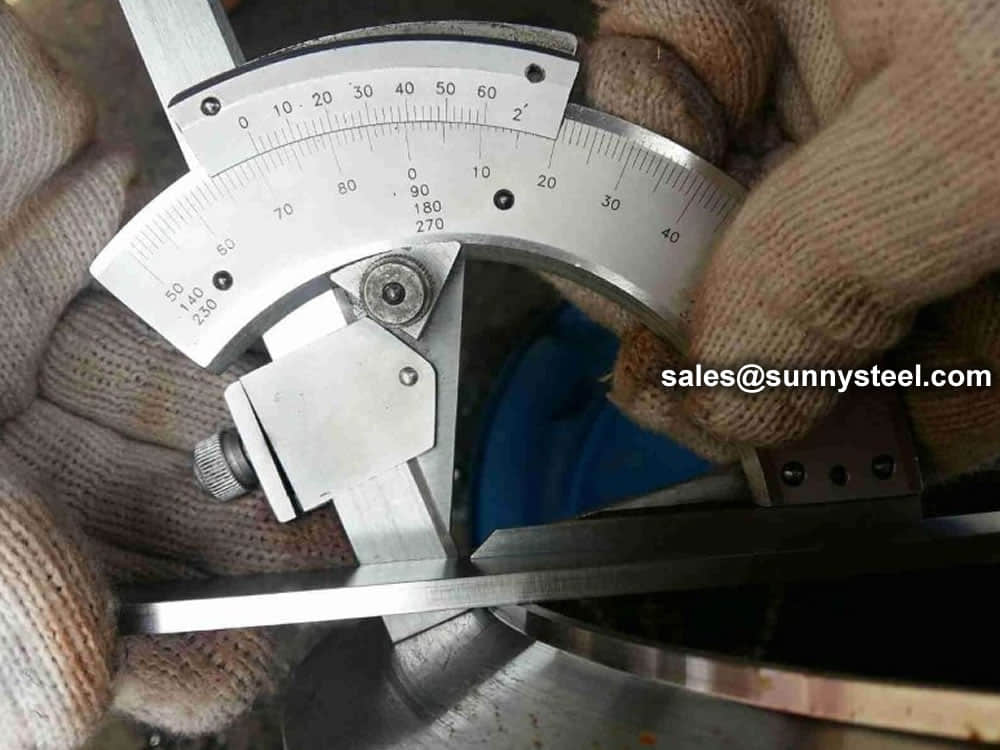
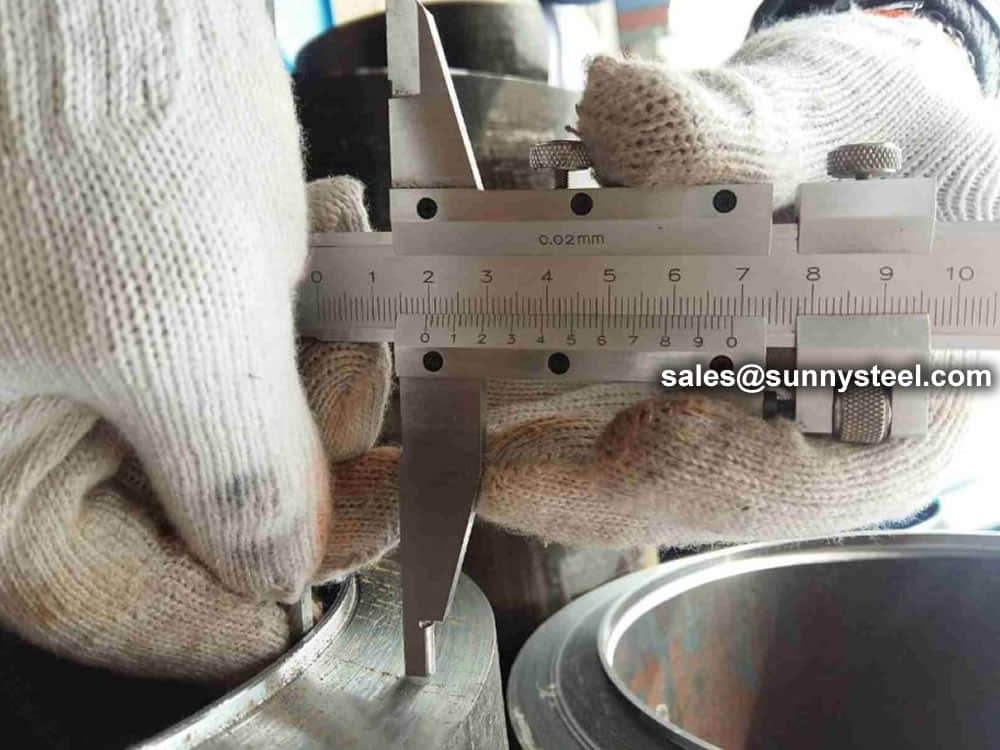
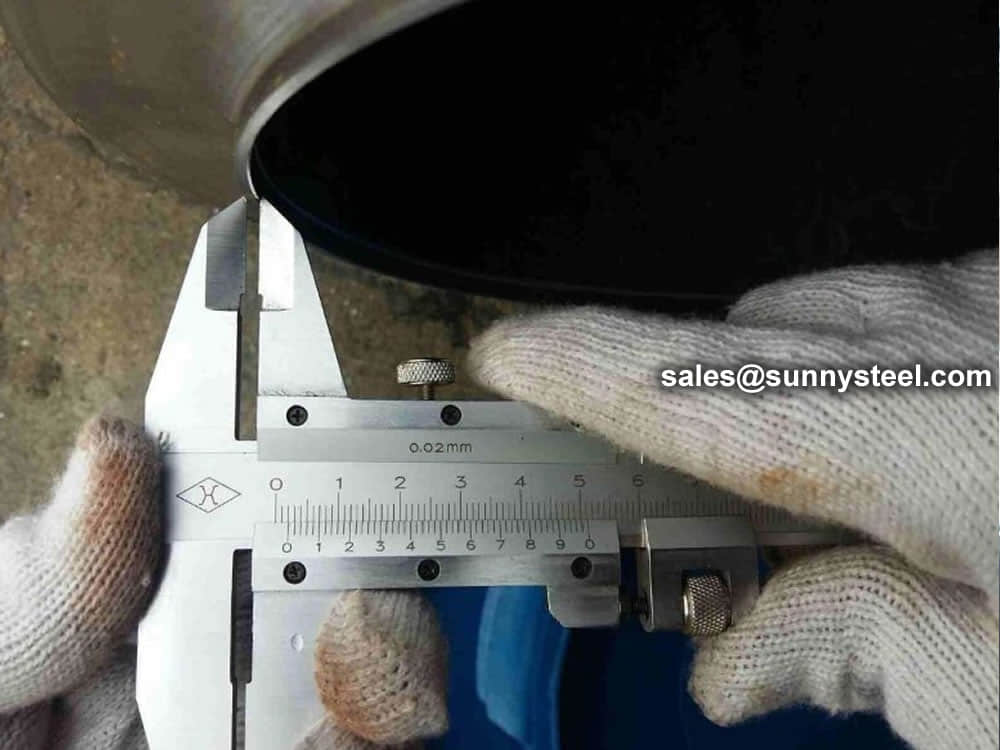
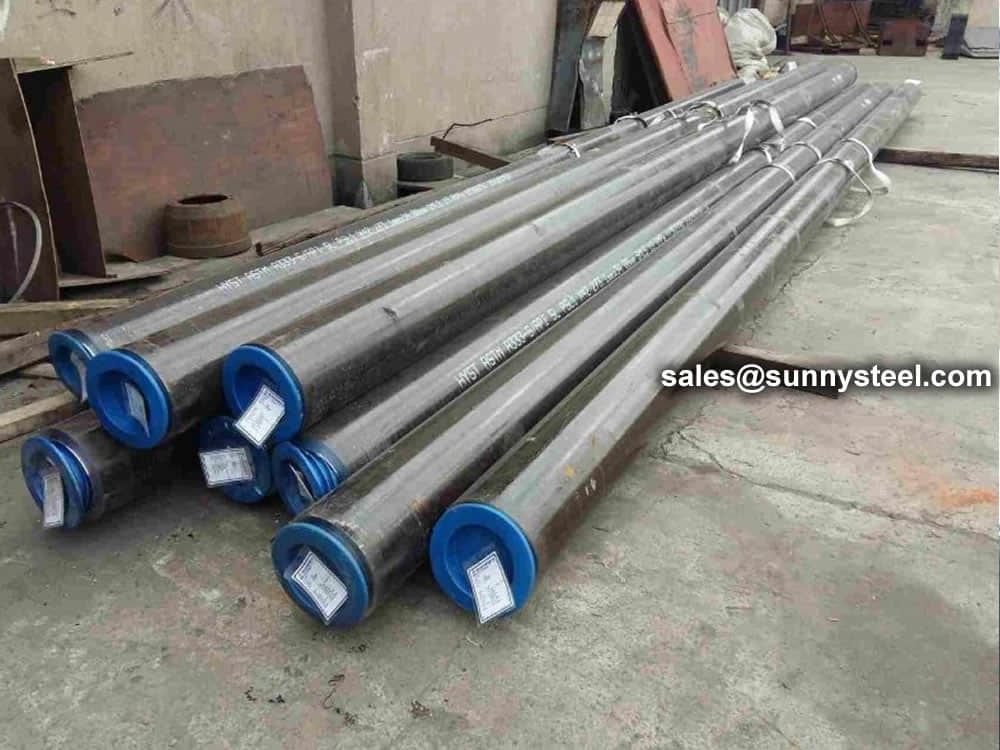
Steel pipe delivery status(condition): cold / hard (BK), cold / soft (BKW), after cold stress relief annealing (BKS), annealing (GBK), normalized (NBK).
| Term | Symbol | Explanation |
|---|---|---|
| Cold-finished/hard (cold-finished as-drawn) | BK | No heat treatment after the last cold-forming process. The tubes therefore have only low deformability. |
| Cold-finished/soft (lightly cold-worked) | BKW | After the last heat treatment there is a light finishing pass (cold drawing) With proper subsequent processing, the tube can be cold-formed (e.g. bent, expanded) within certain limits. |
| Annealed | GBK | After the final cold-forming process the tubes are annealed in a controlled atmosphere or under vacuum. |
| Normalized | NBK | The tubes are annealed above the upper transformation point in a controlled atmosphere or under vacuum. |
The general cold strip mills, volume should go through continuous annealing (CAPL unit) to eliminate cold hardening and rolling stress, or batch annealing reach the mechanical properties of the corresponding standard specifies. Cold rolled steel surface quality, appearance, dimensional accuracy better than hot-rolled plate, and right-rolled thin product thickness is about 0.18mm, so the majority of users favor.
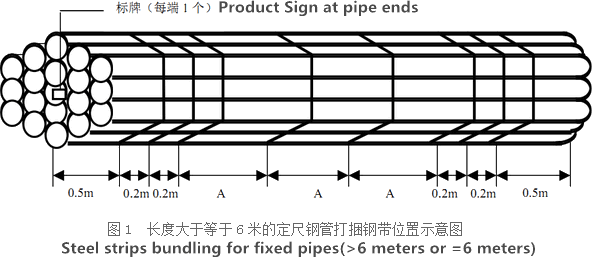
Cold rolled steel coil substrate products deep processing of high value-added products. Such as electro-galvanized, hot dip galvanized, electro-galvanized fingerprint resistant, painted steel roll damping composite steel, PVC laminating steel plates, etc., so that the excellent quality of these products has a beautiful, high resistance to corrosion, has been widely used.
Cold rolled steel coil finishing after annealing, cut the head, tail, trimming, flattening, smooth, heavy volume, or longitudinal clipboard. Cold-rolled products are widely used in automobile manufacturing, household electrical appliances, instruments, switches, buildings, office furniture and other industries. Steel plate strapping package weight of 3 to 5 tons. Flat sub-volume typically 3 to 10 tons / volume. Coil diameter 6m.
Bare packing/bundle packing/crate packing/wooden protection at the both sides of tubes and suitably protected for sea-worthly delivery or as requested.
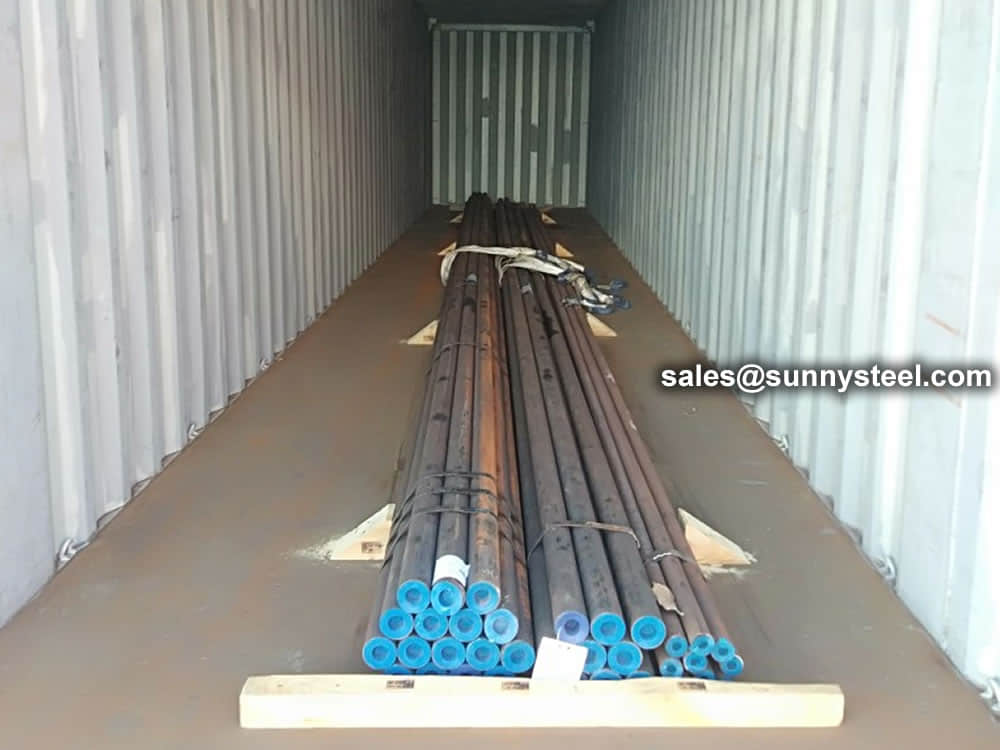
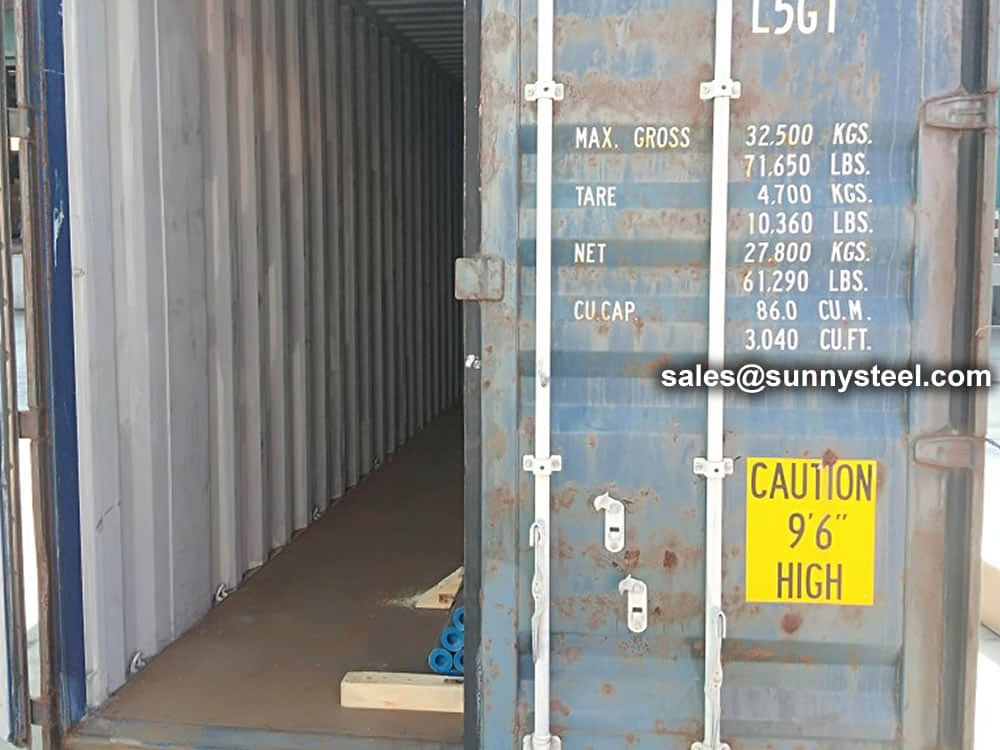
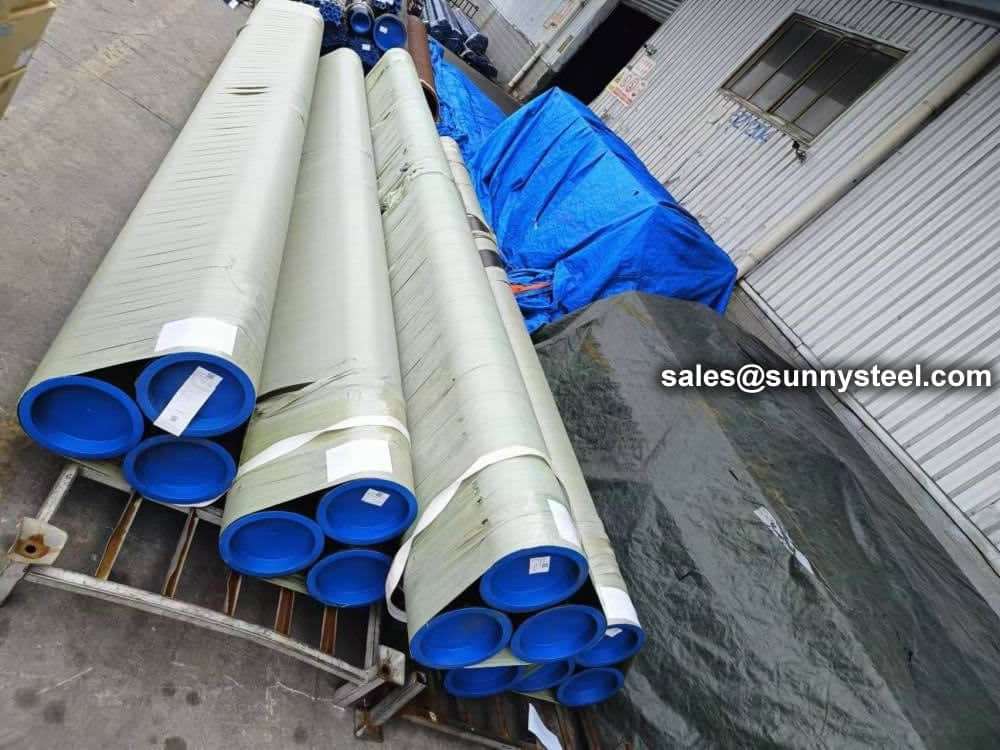

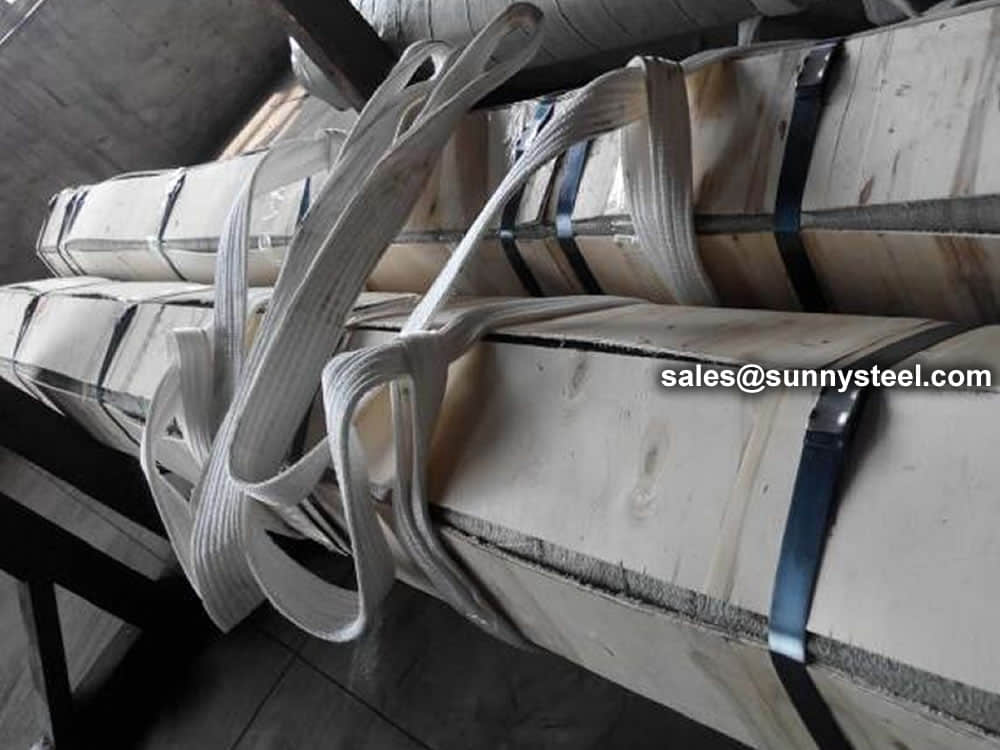
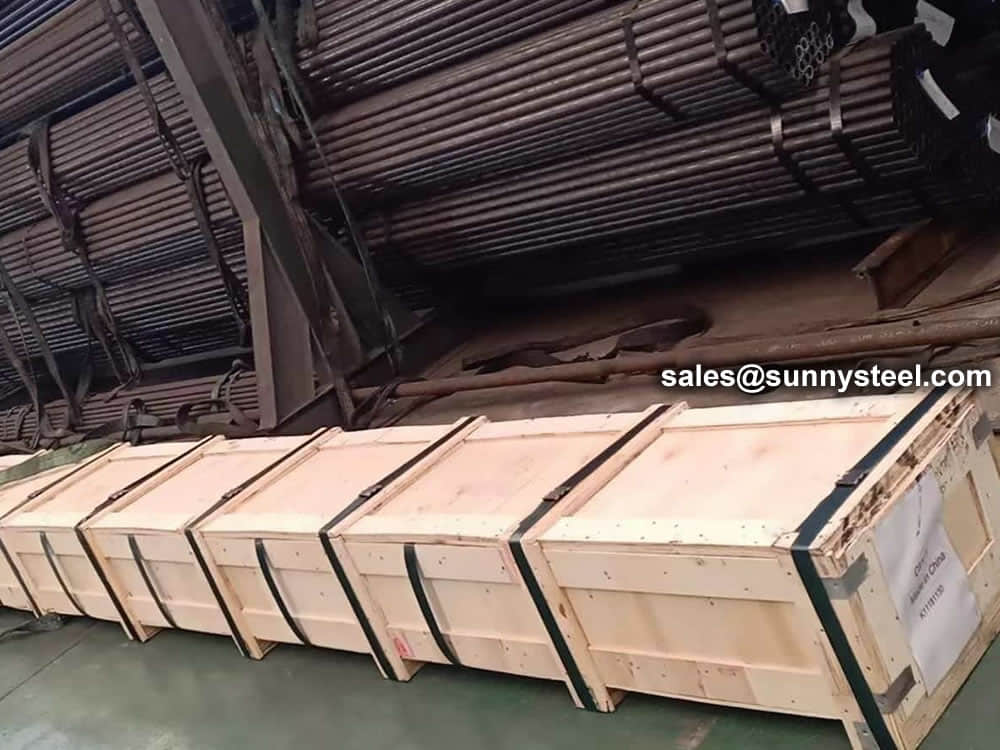
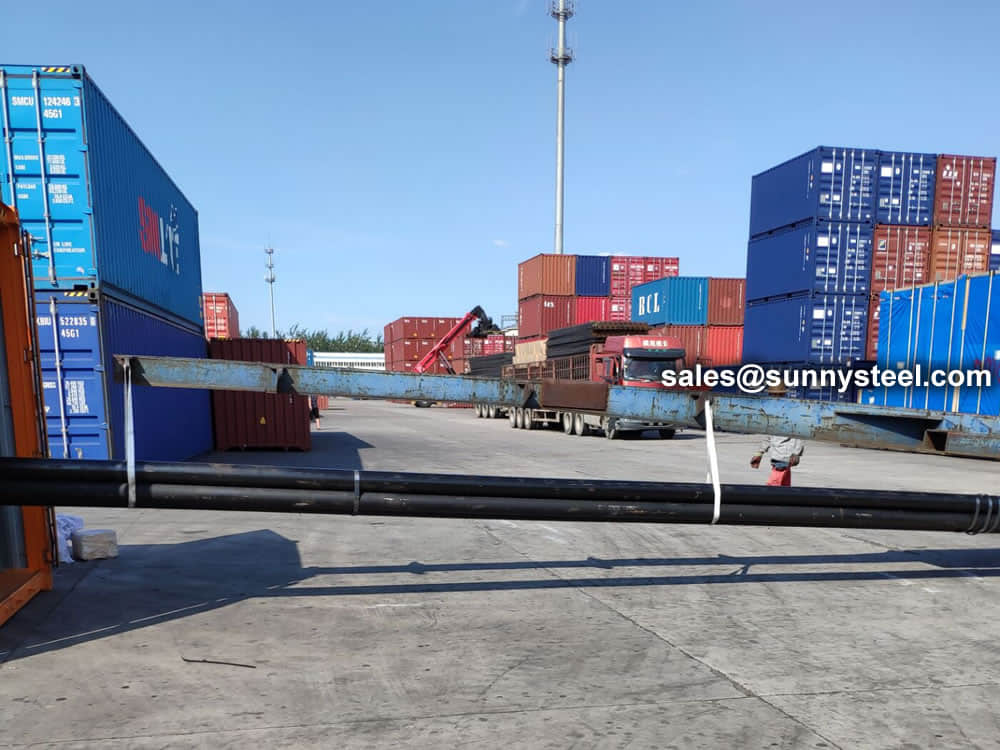

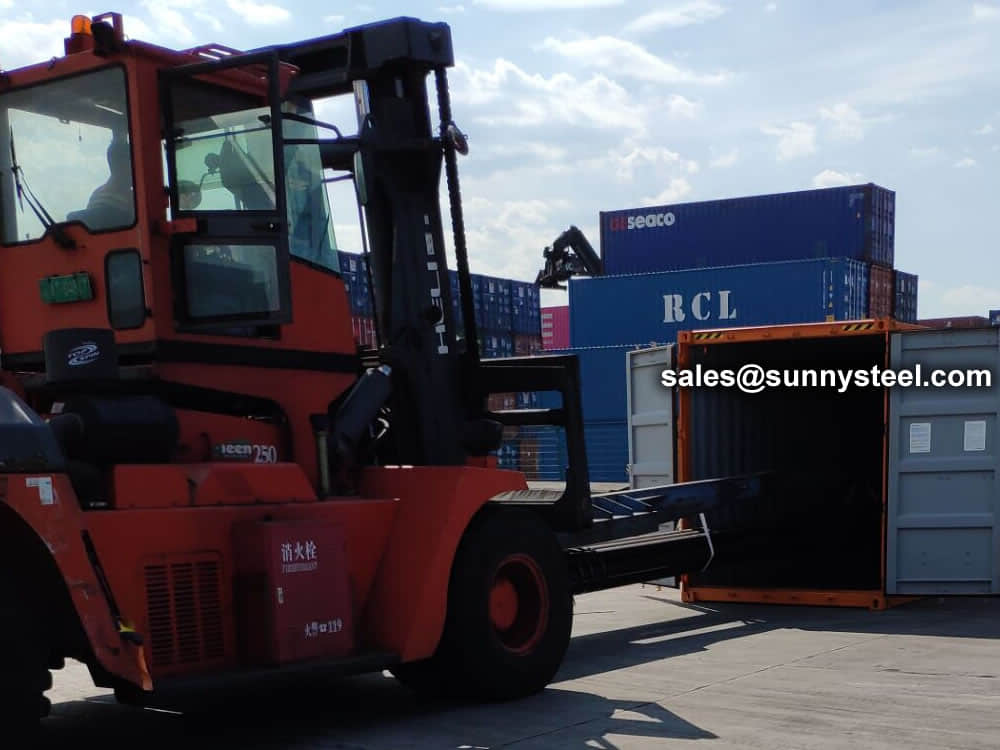
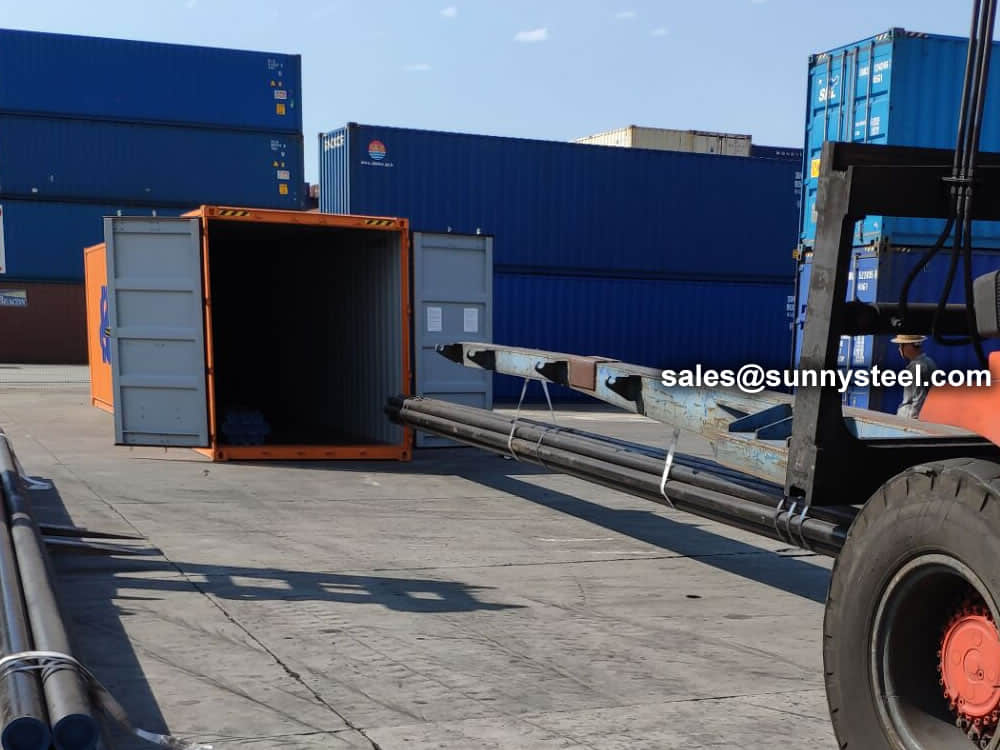
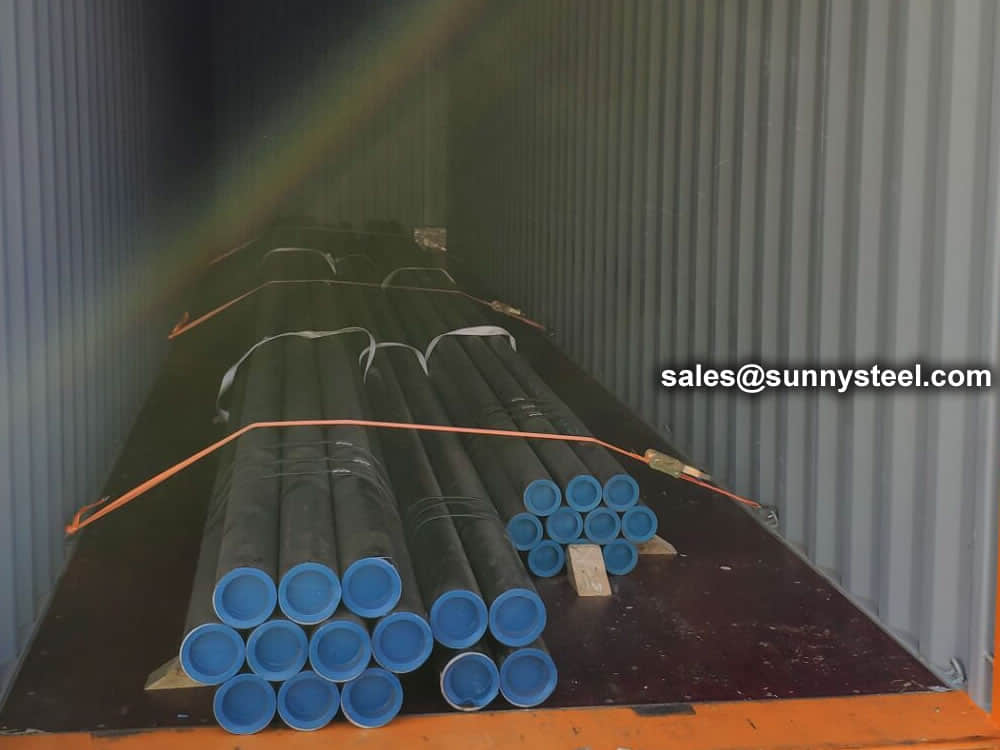
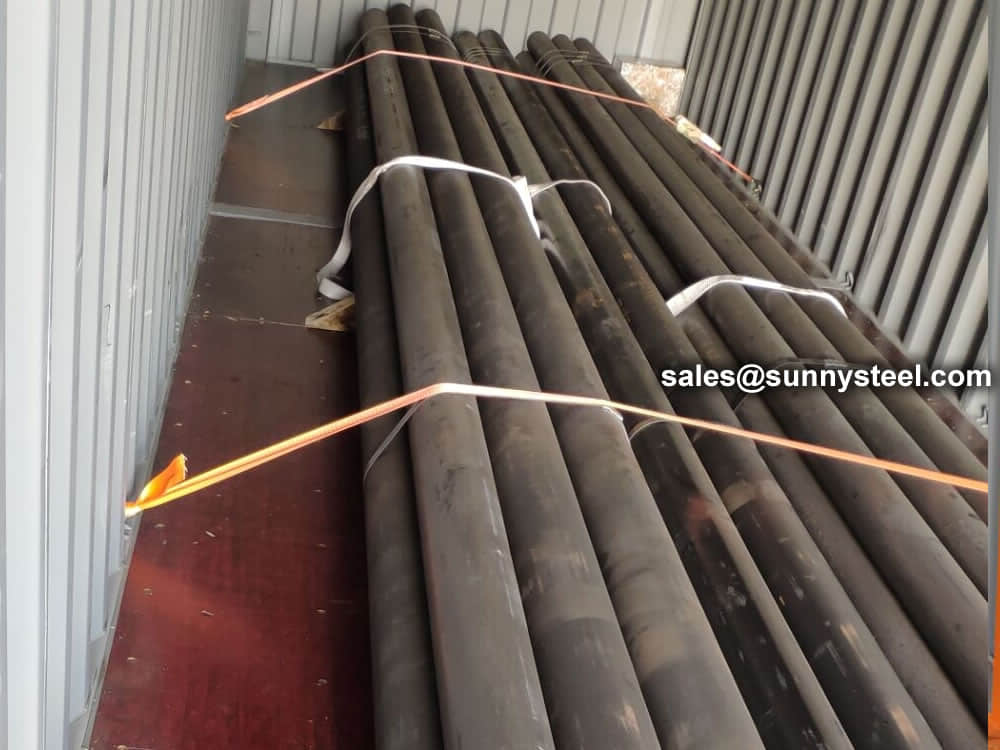
There are probably hundreds of different methods for packing a pipe, and most of them have merit, but there are two principles that are vital for any method to work prevent rusting and Sea transportation security.
Our packing can meet any needs of the customers.
Our team of experienced sales specialists proudly partners with gas and chemical processors, power generation plants, oil refineries, and related industries to offer piping components and value-added services.
Alloy steels are made by combining carbon steel with one or several alloying elements, such as manganese, silicon, nickel, titanium, copper, chromium and aluminum. These metals are added to produce specific properties that are not found in regular carbon steel. The elements are added in varying proportions (or combinations) making the material take on different aspects such as increased hardness, increased corrosion resistance, increased strength, improved formability (ductility); the weldability can also change.
Commonly used alloying elements and their effects are listed in the table given below.
| Alloying Elements | Effect on the Properties |
|---|---|
| Chromium | Increases Resistance to corrosion and oxidation. Increases hardenability and wear resistance. Increases high temperature strength. |
| Nickel | Increases hardenability. Improves toughness. Increases impact strength at low temperatures. |
| Molybdenum | Increases hardenability, high temperature hardness, and wear resistance. Enhances the effects of other alloying elements. Eliminate temper brittleness in steels. Increases high temperature strength. |
| Manganese | Increases hardenability. Combines with sulfur to reduce its adverse effects. |
| Vanadium | Increases hardenability, high temperature hardness, and wear resistance. Improves fatigue resistance. |
| Titanium | Strongest carbide former. Added to stainless steel to prevent precipitation of chromium carbide. |
| Silicon | Removes oxygen in steel making. Improves toughness. Increases hardness ability |
| Boron | Increases hardenability. Produces fine grain size. |
| Aluminum | Forms nitride in nitriding steels. Produces fine grain size in casting. Removes oxygen in steel melting. |
| Cobalt | Increases heat and wear resistance. |
| Tungsten | Increases hardness at elevated temperatures. Refines grain size. |
